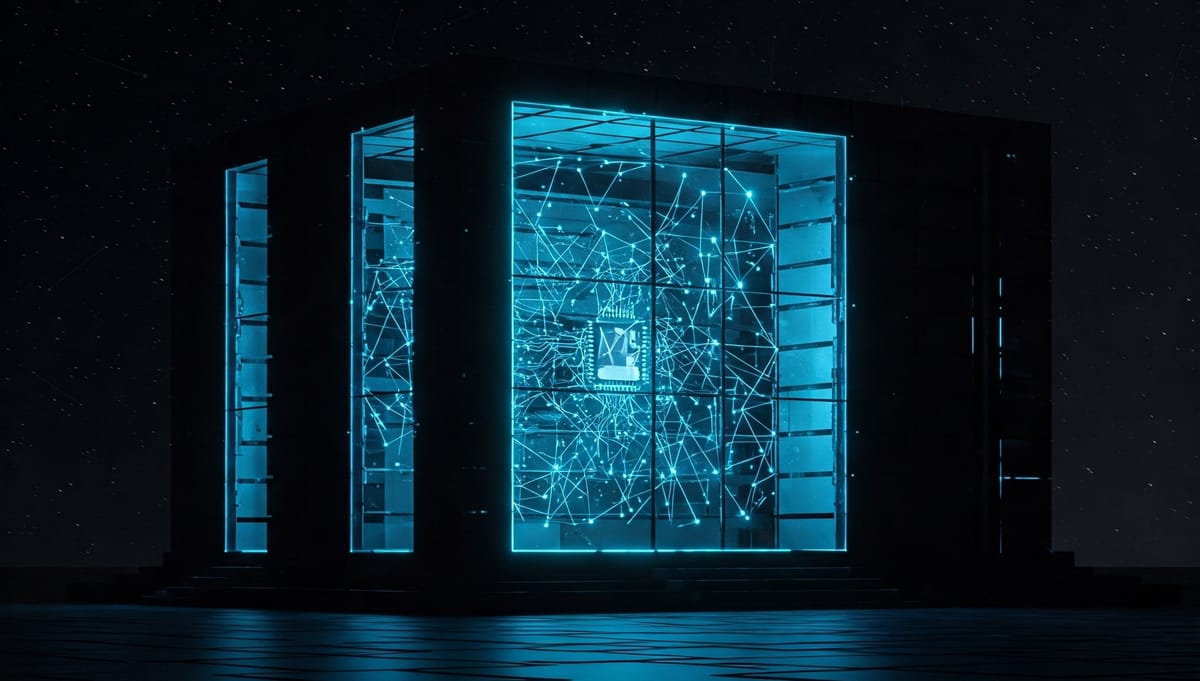AI, Efficiency, and the Future of Work

AI Summary
This post explores how AI is speeding up work processes, often cutting five-day tasks down to three. It questions whether Henry Ford's century-old five-day schedule still makes sense in an AI driven world, and warns against burnout from non-stop efficiency. It also highlights the need to incentivise widespread AI adoption, rather than expecting employees to embrace it without direct benefits.
- Ford's Legacy: The five-day week was a 1920s innovation that may now be outdated.
- Efficiency vs Burnout: Faster output can lead to unsustainable workloads.
- Democratic Adoption: Everyone must see tangible benefits to use AI.
- Flexible Models: Freed up time could be devoted to deep work and innovation.
Artificial intelligence has accelerated our capacity to get things done, sometimes cutting entire days off a typical work schedule. However, there is a hidden downside to all this efficiency: the faster we complete tasks, the faster we risk burning out.
From my background in organisational psychology and my role as a COO, I have seen first-hand how quickly AI tools are reshaping the way we work. Suddenly, projects that once took five days can now be finished in three. Yet rather than reclaiming time for deeper, more meaningful efforts, many professionals find themselves taking on extra tasks until they reach their limit.
This prompts an urgent question: if AI can help us accomplish the same amount of work in fewer days, should we redefine the five-day working week? And if so, what would a reimagined schedule look like?
A Quick History: How We Got the Five-Day Working Week
The standard five-day working week is a relatively modern concept, popularised in the 1920s when Henry Ford moved his factories from a six-day schedule to five days. He believed that giving workers additional leisure time would boost productivity and create more consumers for the products his factories produced. This idea was revolutionary at the time, yet we have continued to use this model for nearly a century, even though technology and the nature of work have evolved considerably.
The Efficiency Trap
Historically, advances in technology have almost always led to more, not fewer, demands on our time. Accountants offer a classic example:
- Paper ledgers to computers: faster calculations, fewer manual errors.
- Basic spreadsheets to Excel: more powerful data manipulation.
- Cloud-based software: real-time collaboration and instant data access.
- AI-driven automation: reconciliation, reporting, and forecasting in seconds.
Each leap forward was intended to streamline work. Instead, “do more, faster” became the new norm. These tools have not necessarily liberated us from busywork; often, they have simply increased expectations and workloads.
AI Adoption: A Democratic Shift?
One of AI’s greatest promises is its democratising potential. In principle, anyone in an organisation can leverage machine learning, analytics, and automation. The most significant efficiency gains will come when people at every level embed AI into their daily workflows.
There is, however, a catch: many workers currently see little direct incentive to adopt AI. Learning new systems can be time-consuming, and if the benefits mainly go to the organisation rather than the individual, people may be reluctant to invest the effort. True democratisation of AI requires structures and rewards that motivate people to explore and utilise these tools, rather than shy away from them.
Lessons from the Pandemic
During the global shift to remote work, we witnessed what is possible. Roles that once demanded office attendance suddenly adapted to flexible hours, asynchronous communication, and hybrid teams. Productivity did not collapse; in many cases, it actually thrived.
AI is now pushing these transformations even further. It is no longer just about where we work, but how rapidly we can complete tasks. The challenge is to harness AI to cultivate sustainable work habits, rather than merely filling any saved time with more to-do lists.
Balancing Efficiency with Sustainability
Efficiency without a strategy for balance often leads to chronic burnout, high turnover, and reduced innovation. If teams can accomplish their core tasks in fewer days, perhaps an extra day could be devoted to:
- Deep Work: creativity, research, and projects requiring uninterrupted focus.
- Learning and Development: ongoing training to stay current with AI trends and refine human-centric skills such as empathy and critical thinking.
- Strategic Planning: stepping back from everyday duties to innovate, plan, and improve processes.
Imagine a four-day schedule: three days for core tasks at a brisk yet manageable pace, plus one day set aside for brainstorming and professional growth. This would be a significant departure from the traditional Monday-to-Friday model, but it could be the key to both long-term productivity and staff wellbeing.
Reflecting on What Matters
It is easy to measure productivity by hours clocked or emails answered, yet the real measure should be the value created. If employees can deliver the same (or higher) output in less time, why persist with a rigid five-day structure devised nearly a century ago?
Leaders might consider the following questions:
- What does a sustainable AI-enhanced working week look like in practice?
- Should we measure success by hours spent, or by tangible outcomes and impact?
- How do we prevent efficiency from sliding into burnout?
- How can we incentivise workers to adopt AI so that its benefits are available to everyone?
- Would you exchange five high-intensity days for three productive ones plus one set aside for deep work, reflection, or learning?
The Path Forward
Our technology has changed and our workplaces have changed, so it makes sense that our working week might evolve in tandem. Used wisely, AI can free us from mundane tasks, boost overall productivity, and leave more room for the strategic thinking and creative problem-solving that only humans can offer.
The future of work is not merely about faster production and endless lists of tasks; it is about finding a balance that enables teams to thrive rather than just survive.



